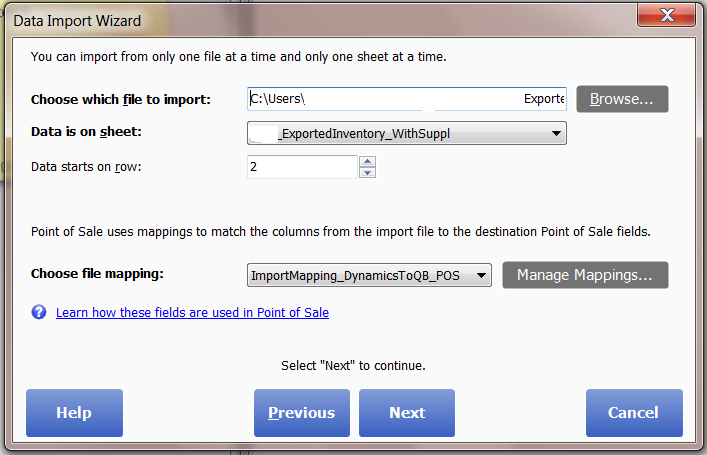

The generic inquiry writer is a reporting tool that can access any data in Acumatica, including data stored in customized fields, and publish it.

Reporting tools allow you to mix and match data tables to expose any data you need. Web services and integration tools expose data from specific Acumatica screens – so they make data available using the standard data classes. Linking Acumatica and Power BI Acumatica Generic Inquiries and ODataĪcumatica data can be exposed using web services, integration tools, and reporting tools. This makes it easy to share authorized data across geographies and on different devices. Power BI is a perfect complement to Acumatica because both provide web-based access using only a browser. Language-driven queries and general ease of use.Additional visualizations (speedometer, maps).

Power BI allows for some other advantages over Excel:Īcumatica and Power BI can be operated from multiple devices Excel provides a familiar interface as well as the ability to quickly apply formulas to Acumatica data. You can create Acumatica data visualizations using Excel or Power BI. In this article, we discuss mid-tier solutions that gather data from multiple sources and build some simple relationships, but do not create a data warehouse or semantic layer.Ĭreate Acumatica data visualizations using OData and Microsoft Power BI Power BI versus Excel At the high end there are data warehousing applications that gather information from multiple sources, process it into a semantic layer based on data relationships, and then present it via a visualization layer. At the low end, there are spreadsheets and reports. The term “ business intelligence” encompasses many different tools that help people gather information and make conclusions about data. Using Acumatica inquiries, you can expose any Acumatica data via an Open Data Interface (OData) to several BI tools, but we’re going to feature Microsoft Power BI. Solution: Several business intelligence tools provide advanced visualization technology to assist with this process. Gaining access to this data is easy via reports, screens, and dashboards–but it would be great if I could see data in a visually pleasing, easy-to-produce, format.” Scenario: Acumatica provides a single repository for your financial, distribution, CRM, project, and other business data.

In this “Technical Tuesday” post, Doug Johnson is sharing an end-to-end tutorial covering one of our powerful new integrations by showing you how to pull fantastic visual data insights from your Acumatica data using Microsoft Power BI and OData.


 0 kommentar(er)
0 kommentar(er)
